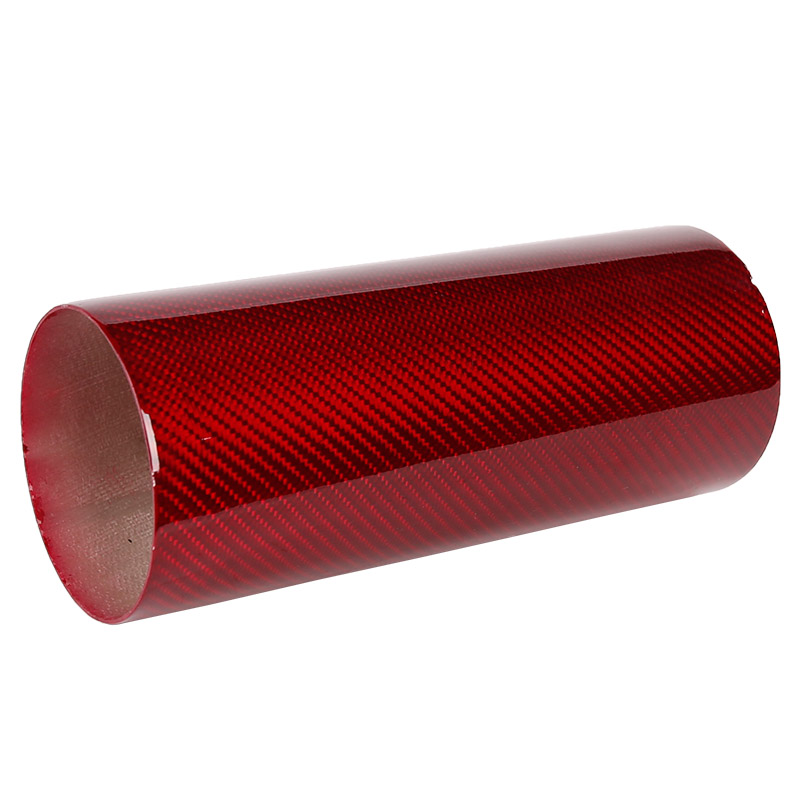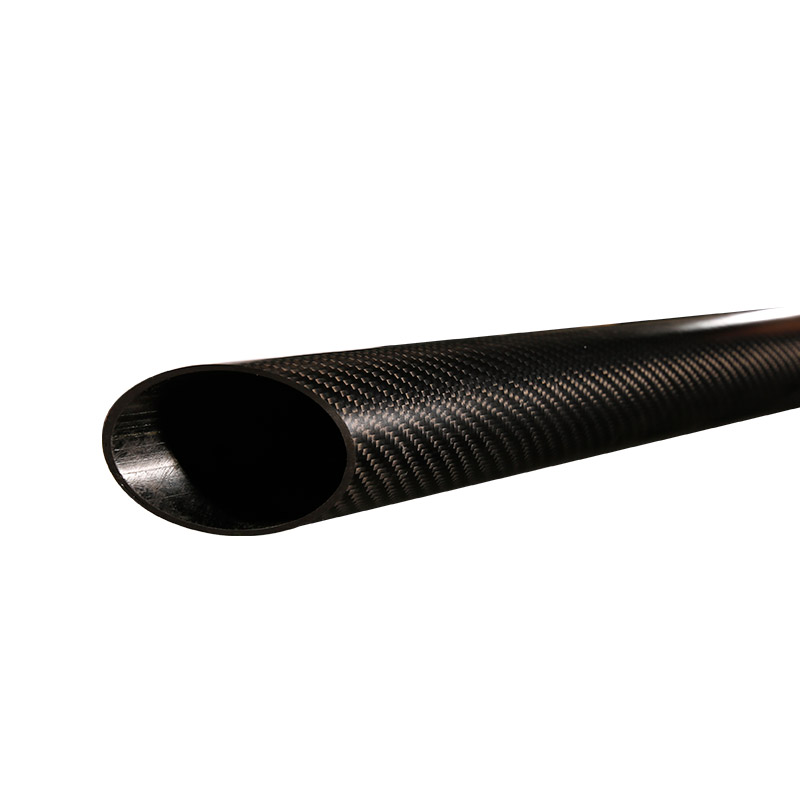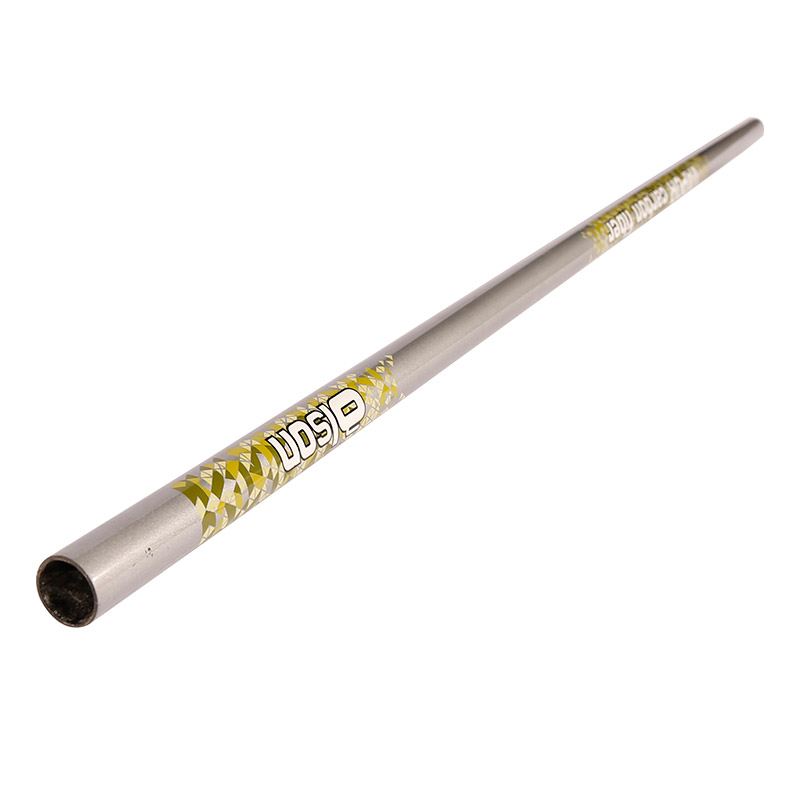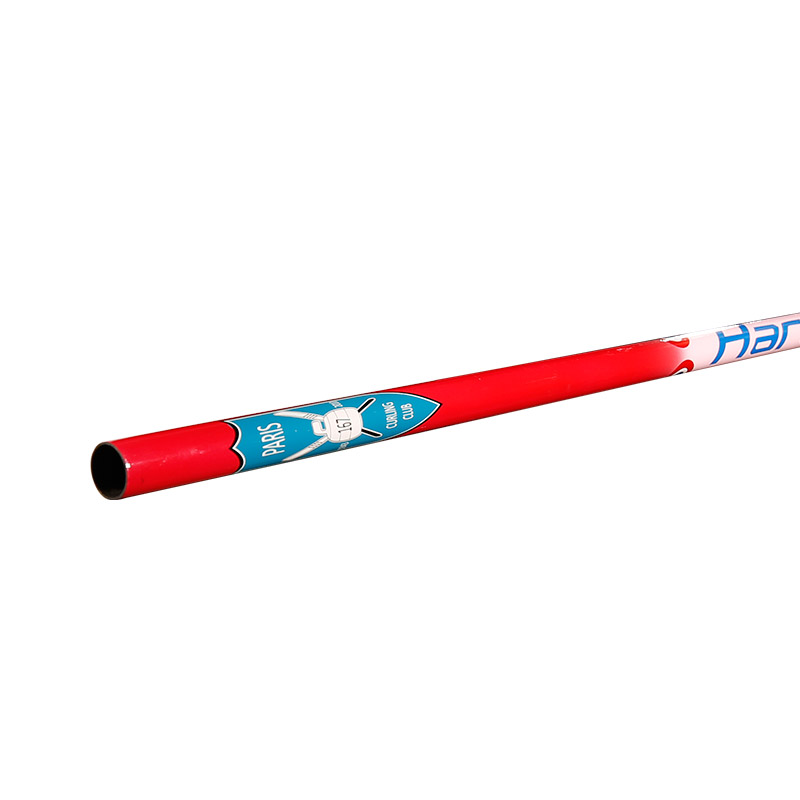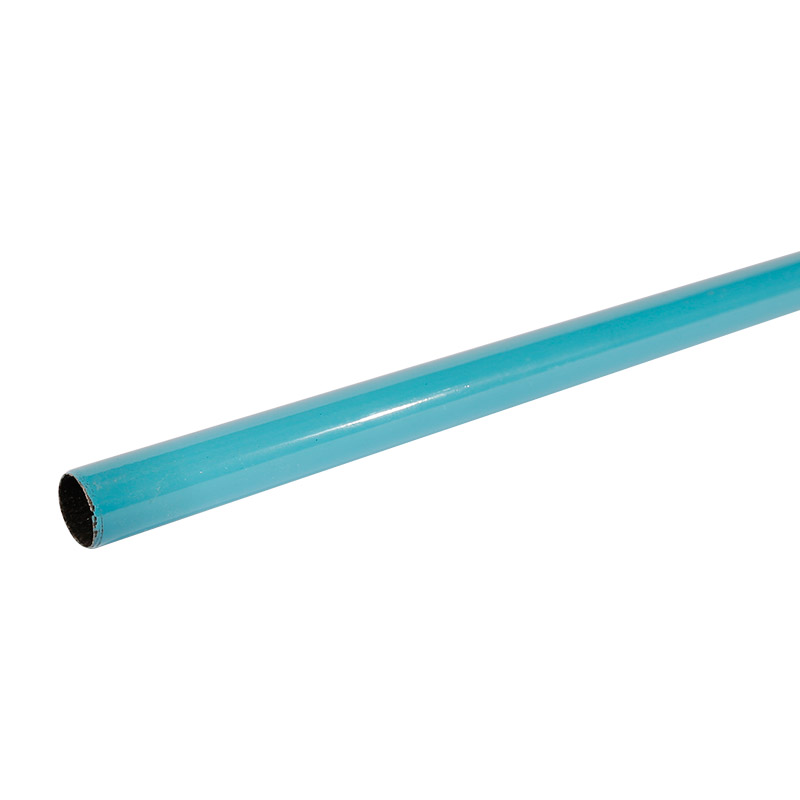Summary:When used as a braid, carbon fiber is often used in a woven fabric, which makes it easier to work with and can provide additional structural strength depending on the application. Therefore, carbon fiber fabrics have many different weaving methods, t......
When used as a braid, carbon fiber is often used in a woven fabric, which makes it easier to work with and can provide additional structural strength depending on the application. Therefore, carbon fiber fabrics have many different weaving methods, the common of which are plain weave, twill weave and satin weave, which will be introduced in detail in this article.
1. Plain weave fabrics. The plain weave carbon fiber sheet has a symmetrical appearance, in the shape of a small checkerboard. In such braids, the tows are woven in an up/down pattern. The short spacing between weaves gives the plain weave high stability. Fabric stability refers to the ability of a fabric to maintain its weave angle and fiber orientation. Because of this high level of stability, plain weave fabrics are not suitable for laminations with complex contours, and it will not be as flexible as some other fabrics. In general, plain weave fabrics are suitable for flat, tubular and two-dimensional curves. But this braid also has drawbacks, due to the short distance between the interwoven fabrics, the crimp in the tow is too large, and the rough crimp can create stress concentrations that can weaken the part over time.
2 twill weave. Twill weave is the bridge between plain weave and satin weave. Twill weave has good flexibility to create complex silhouettes, it holds the fabric more stable than satin weave, but not as good as plain weave. If you follow a tow in a twill fabric, it goes through a certain number of tows, and then the same number of tows. The Up/Down pattern creates the appearance of diagonal arrows, called "twill lines". Compared to plain weave, a longer distance between two interwoven fabrics means less curl and less potential stress concentration.
2×2 twill is probably the best-known carbon fiber fabric in the industry. It is used in many decorative structural applications, but is also highly functional, with moderate formability and moderate stability. As the name 2×2 suggests, each tow will go through 2 tows and then two more tows. Likewise, the number of tows interwoven up and down on a 4×4 twill fabric is 4. It is slightly more formable than 2×2 twill because the fabric is not as tight, but also less stable.
3. Satin weave. Satin weave has been around for thousands of years and is used to create silk fabrics with excellent drape while still looking smooth and seamless. For composites, this drape means it can easily form and wrap complex contours. Due to the high formability of the fabric, it is expected to be less stable. Common harness satin fabrics are 4 tow satin (4HS), 5 tow satin (5HS) and 8 tow satin (8HS). As the number of satin weave increases, formability will increase and fabric stability will decrease.
4. Five tow satin. The number in the harness name indicates the total number of tows passed. In 4 tow satin (4HS), it will pass 3 upper draws and then 1 lower draw (three up and down). Similarly, in 5-tow satin (5HS) it will pass 4 upper pulls and then 1 lower pull (four up and down); and in 8-tow satin (8HS) it will pass 7 1 time upper pull, then 1 lower pull through (seven on and off).
Founded in 2006, Jiaxing Longshine Carbon Fiber Products Co., Ltd. is China Custom Carbon Fiber Composite Manufacturers and OEM Carbon Fiber Material Suppliers, located in the center of Yangtze River Delta, the state-level Xiuzhou High-tech Industrial Development Zone of Jiaxing. In recent years, we committed to the r&d and production of carbon fiber and other composite materials in the military and civil fields, including participating in the R&D and production of C919 aircraft parts, high-speed rail accessories, and several logistics support projects.
